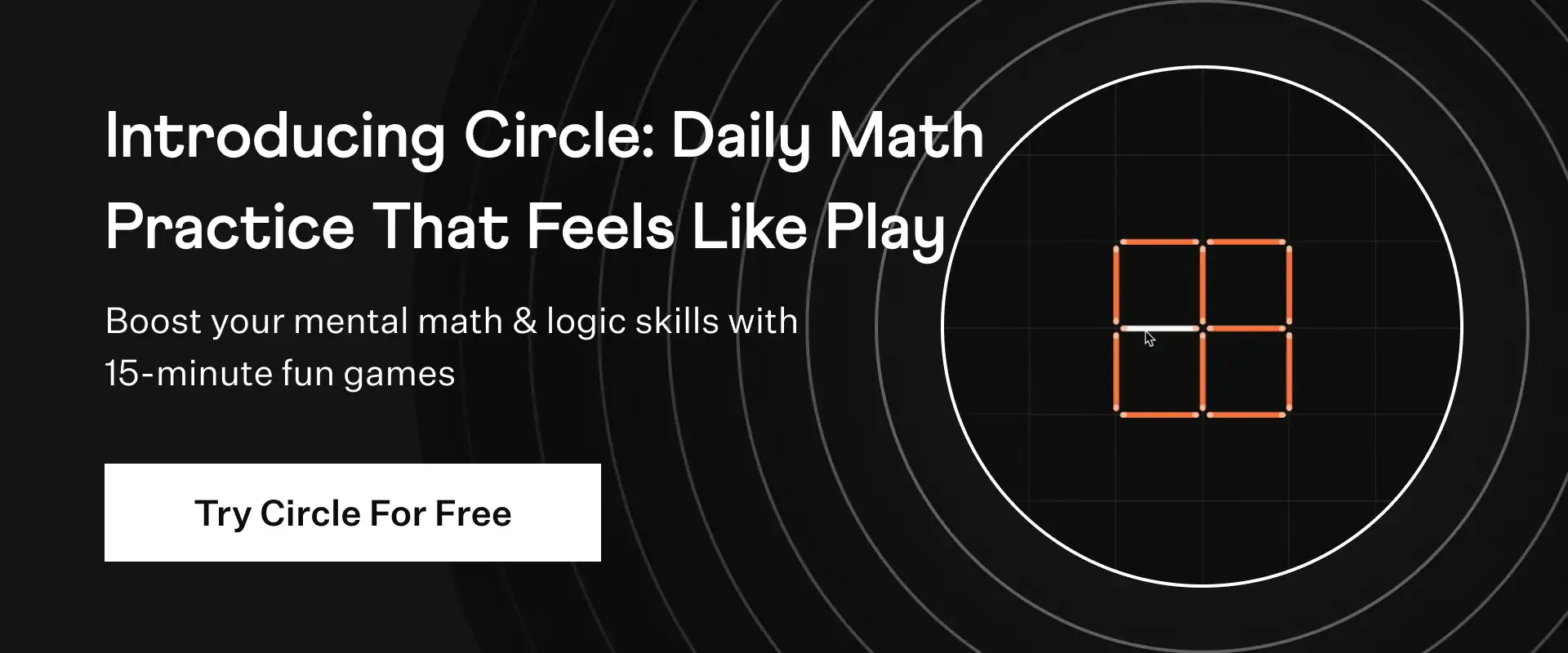
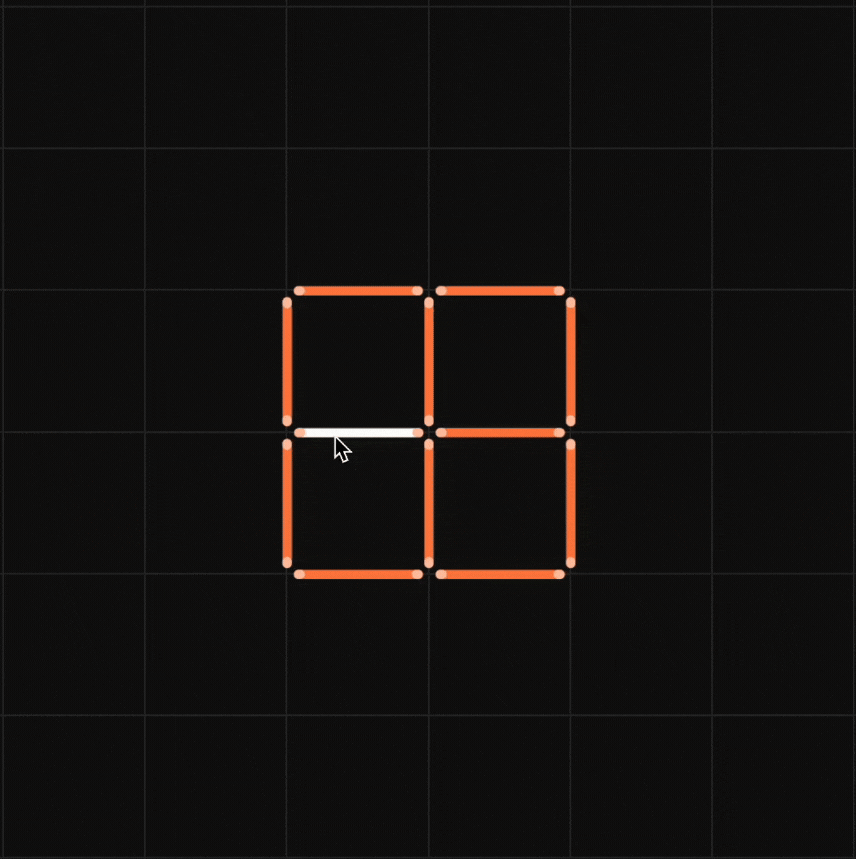
NCERT Solutions Class 8 Maths Chapter 13 Direct and Inverse Proportions
NCERT Solutions for Class 8 Maths Chapter 13 Direct and Inverse Proportions cover the most basic concepts of proportions. There are many real-life instances where this concept is applied on a daily basis, for example, estimation of quantities for various recipes. Thus, learning this topic is highly significant for math studies in class 8 as well as for higher grades. NCERT Solutions Class 8 Maths Chapter 13 efficiently promotes the knowledge of Direct and Inverse Proportions through practical examples and sample problems.
The topics covered in the Class 8 maths NCERT solutions Chapter 13 Direct and Inverse Proportions form the basis of studying many advanced topics. By practicing all the questions available in these solutions, students will understand the connection between two quantities and their values with respect to each other. They will learn how the value of two quantities will change based on each other’s value. Understanding the core basics of this topic with NCERT solutions class 8 maths Chapter 13 will enable students to apply this knowledge in various practical situations. To learn and study each topic covered in the exercises of this chapter, download the pdf files in the links below.
NCERT Solutions for Class 8 Maths Chapter 13 PDF
NCERT solutions maths for Class 8 Chapter 13 are well-formed by experts to develop students’ reasoning and analytical thinking. The simple and efficient format of the exercises and sample problems composed in these solutions are proficient at delivering the understanding of Direct and Inverse Proportions. To prepare with these exercises, click on the links of the pdf files given below.
☛ Download Class 8 Maths NCERT Solutions Chapter 13
NCERT Class 8 Maths Chapter 13
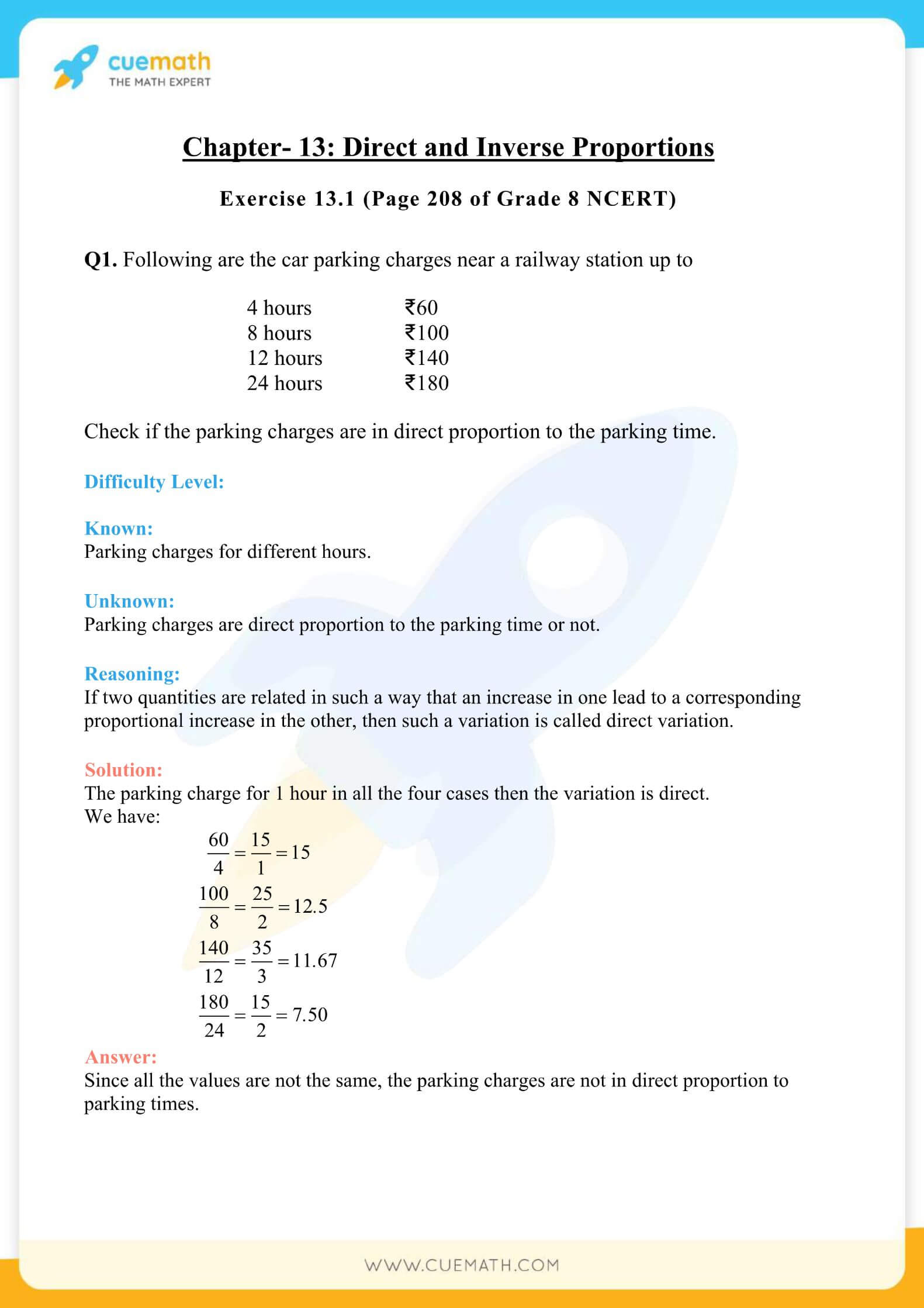
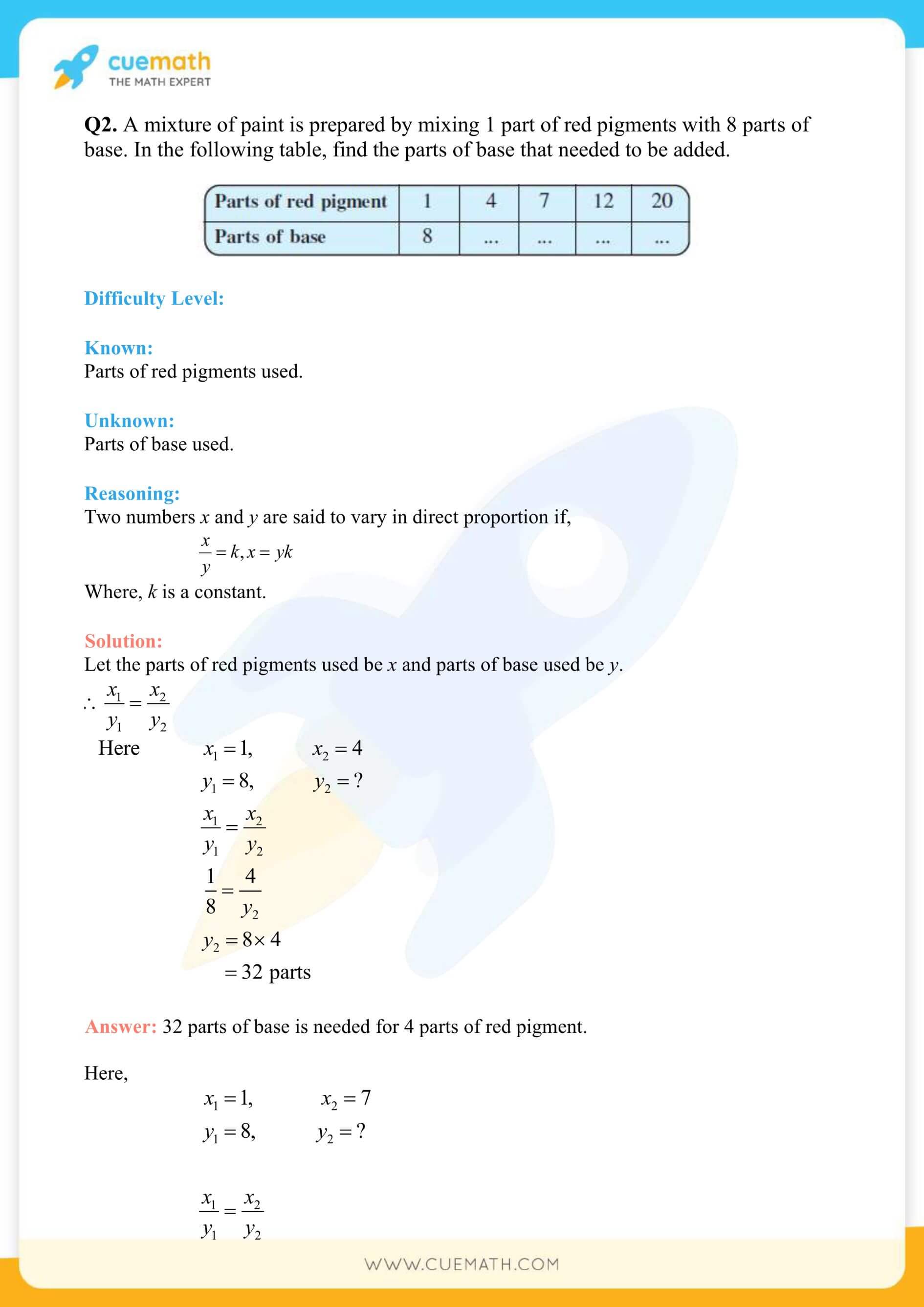
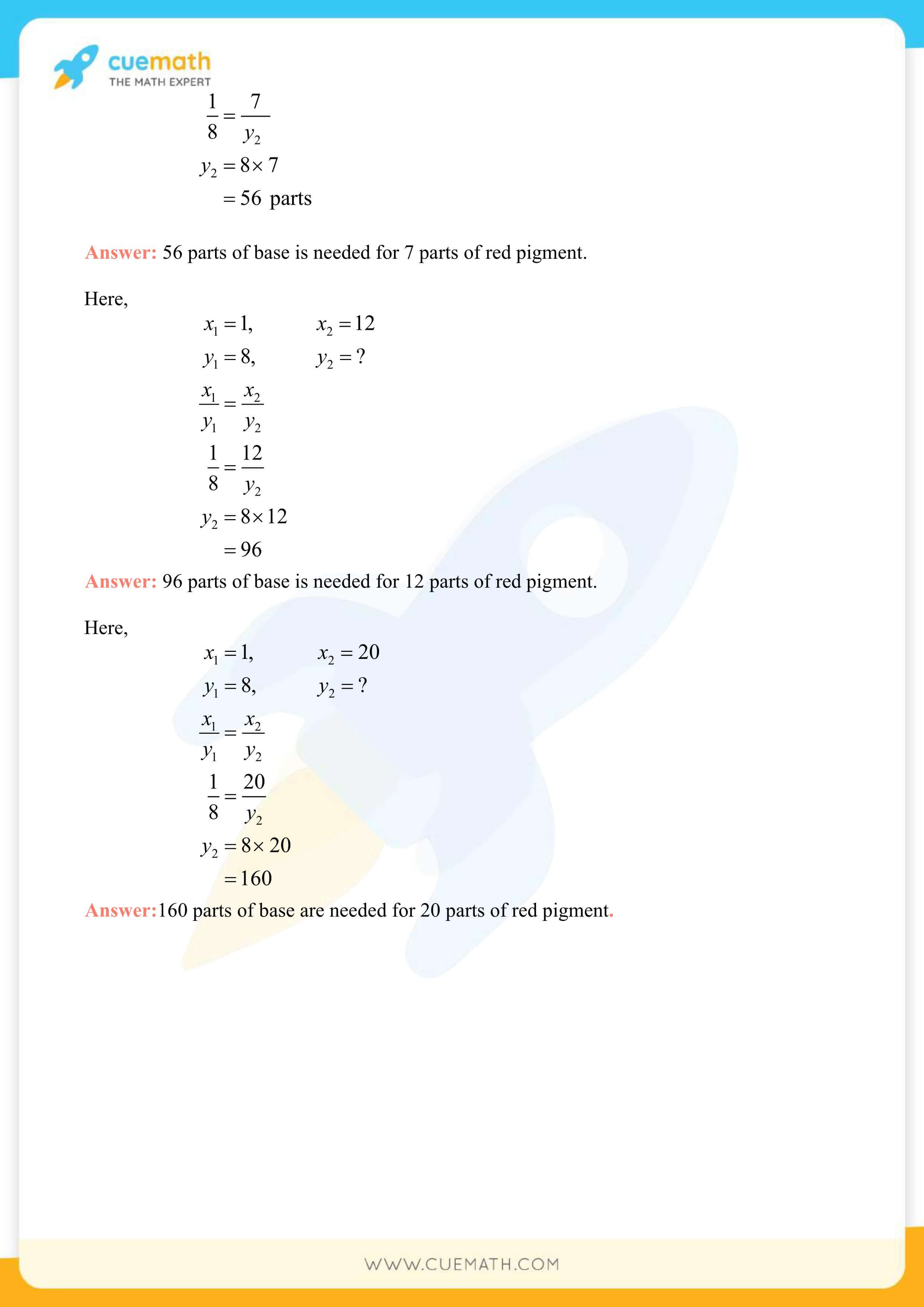
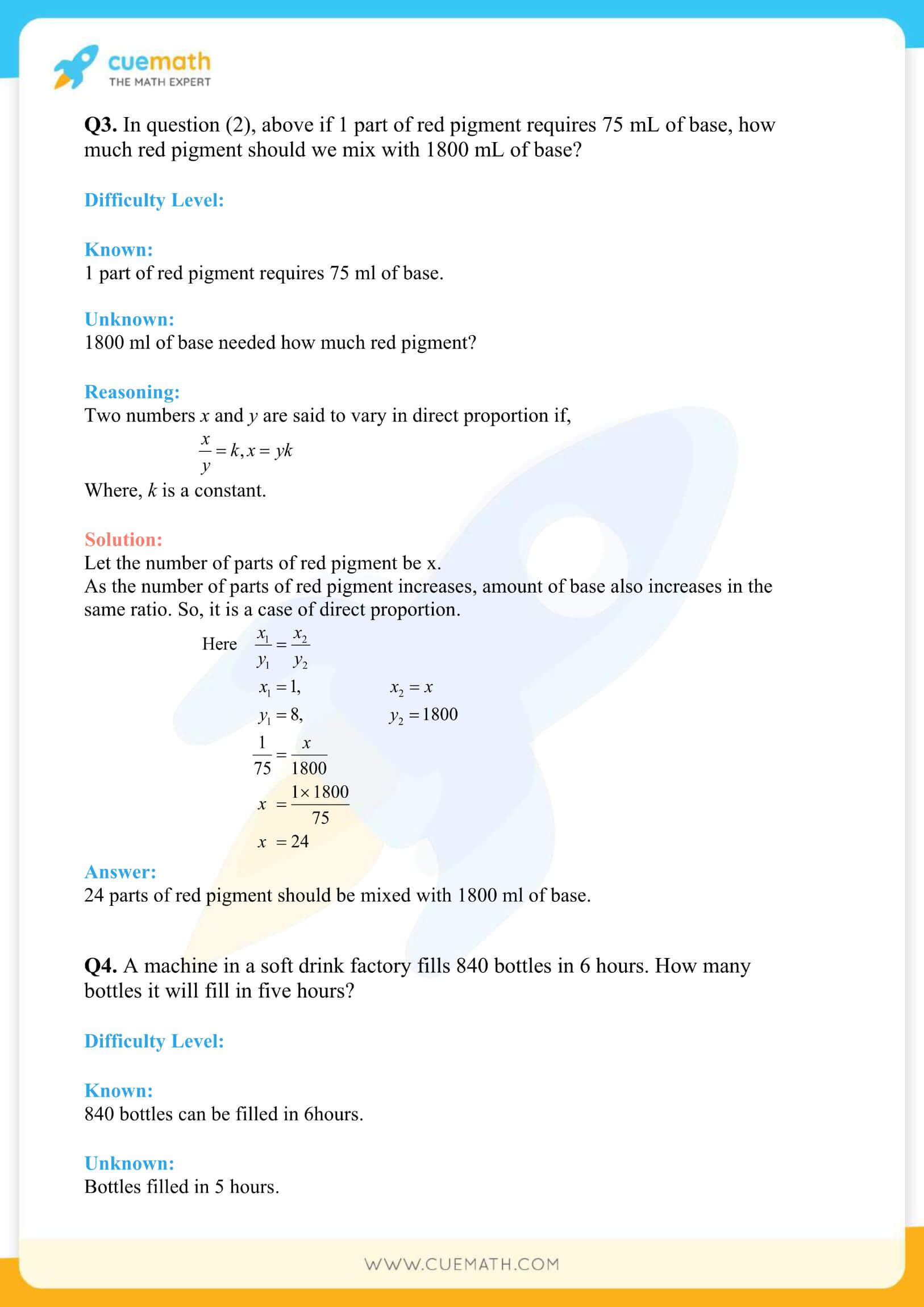
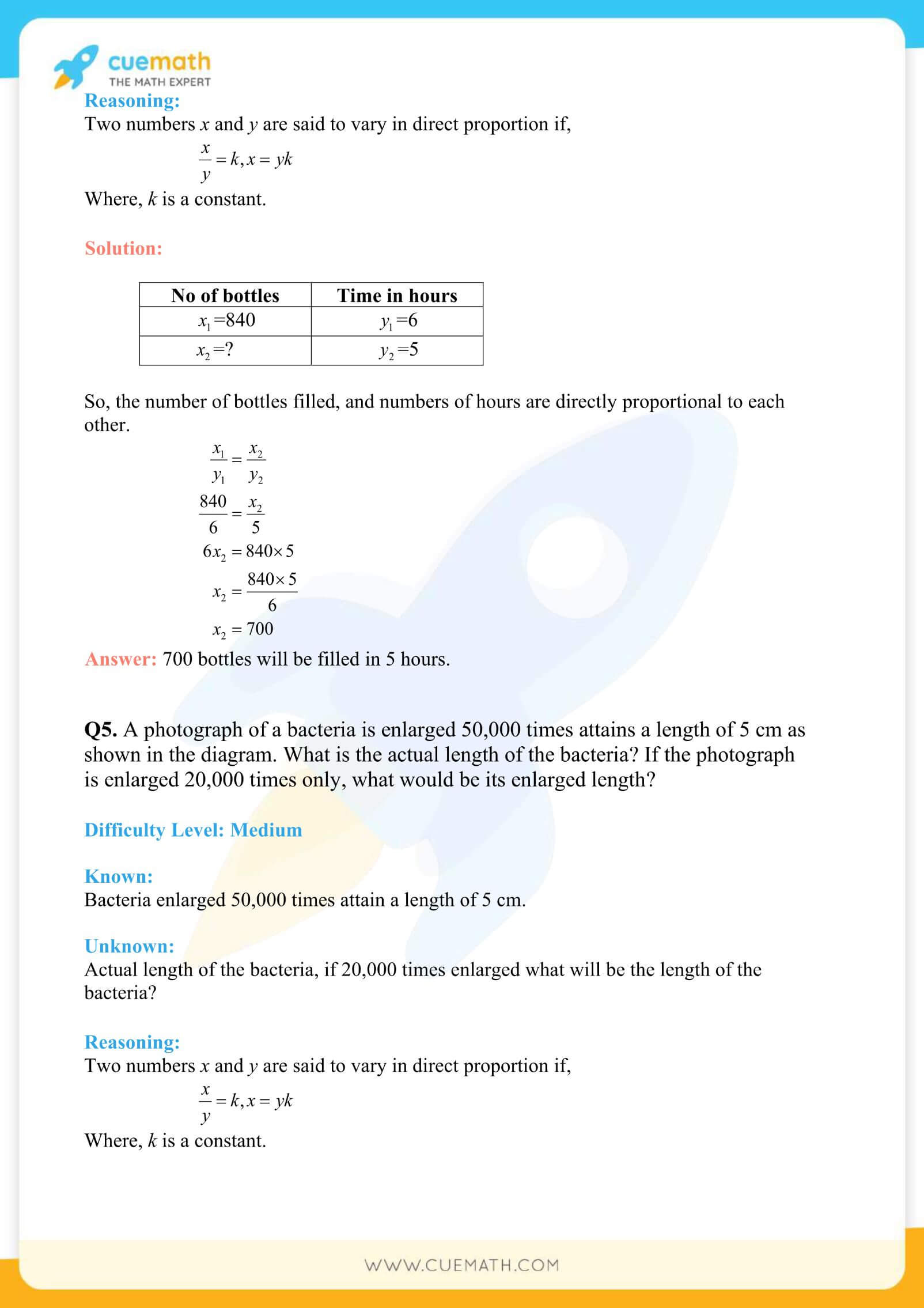
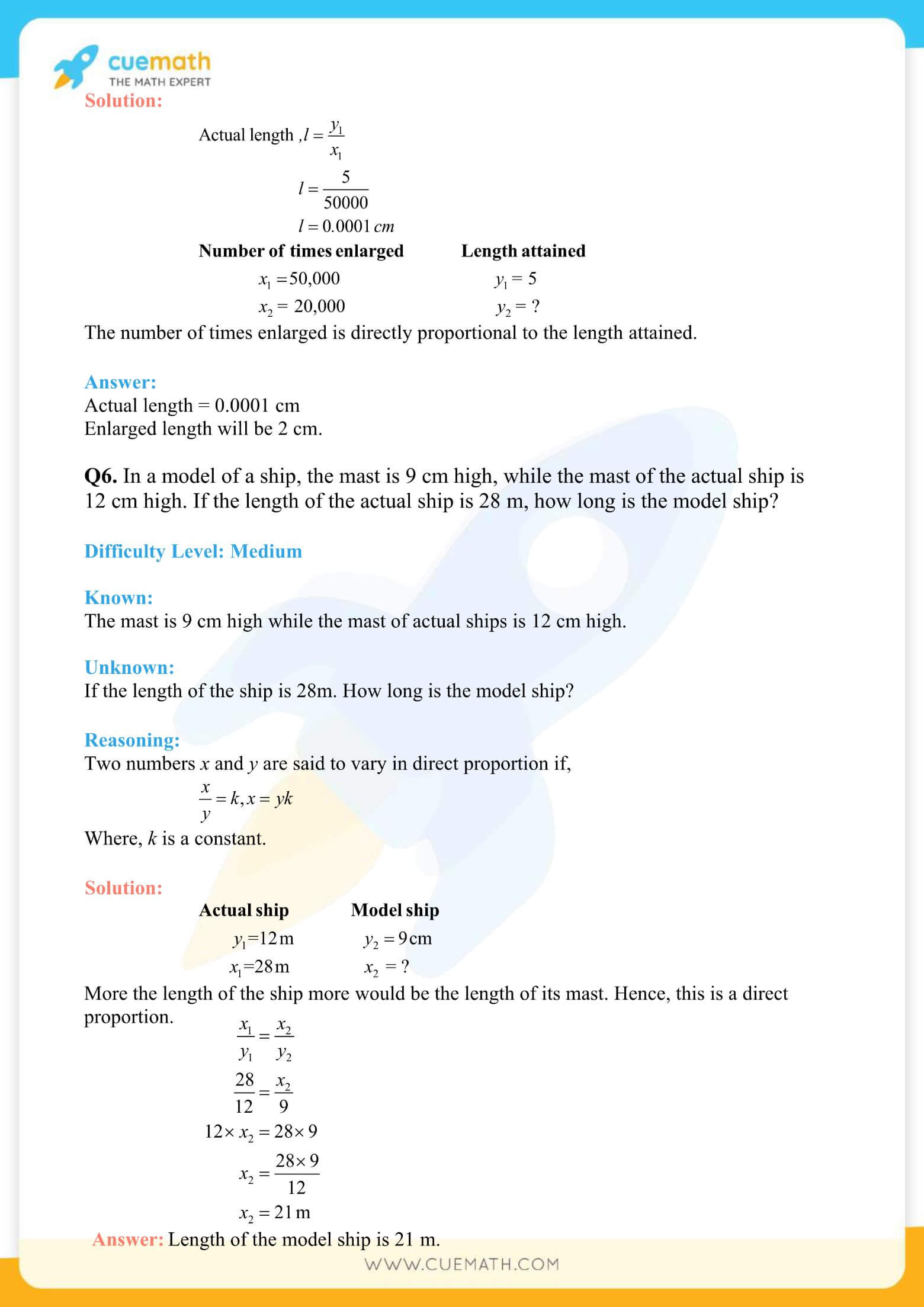
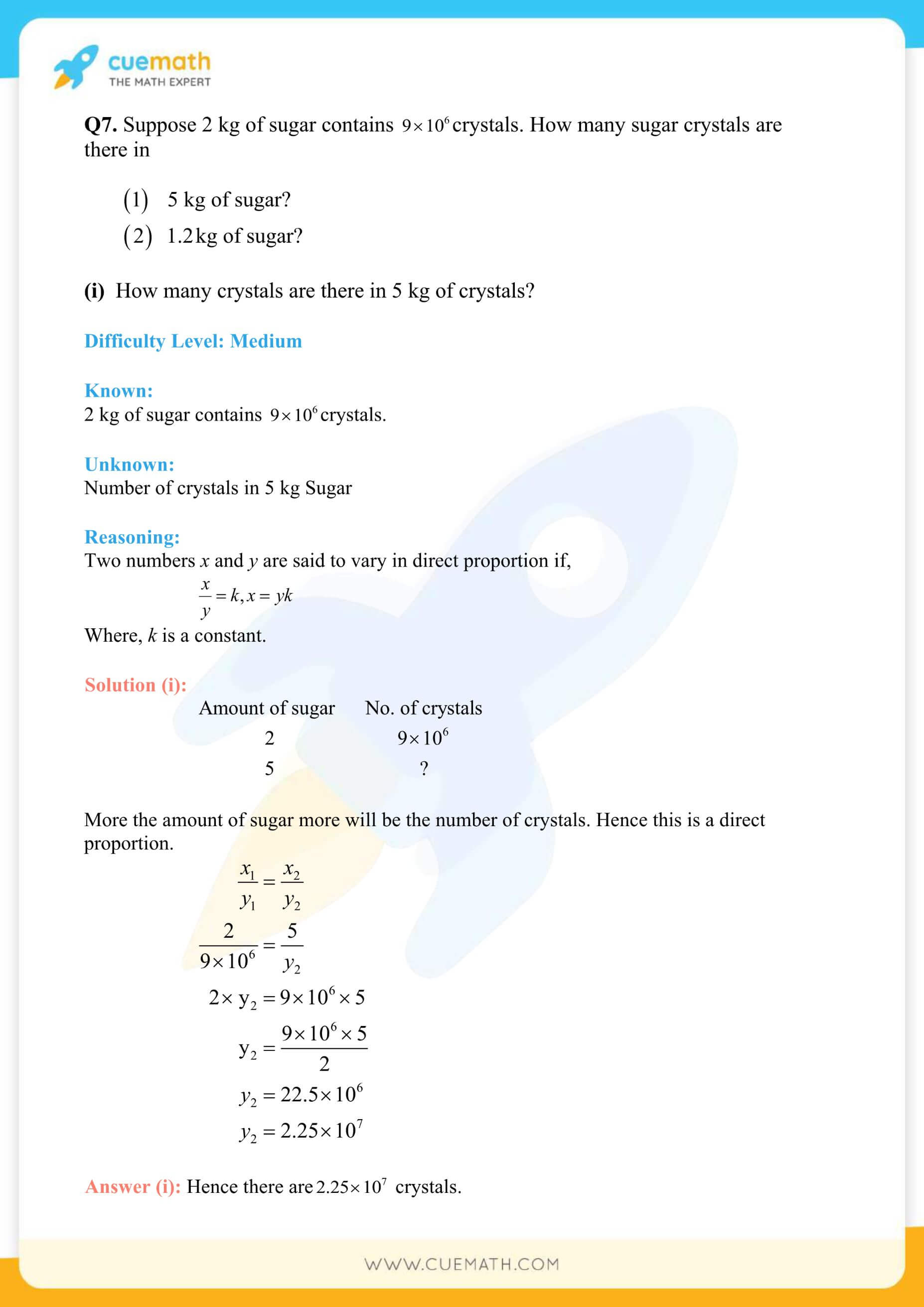
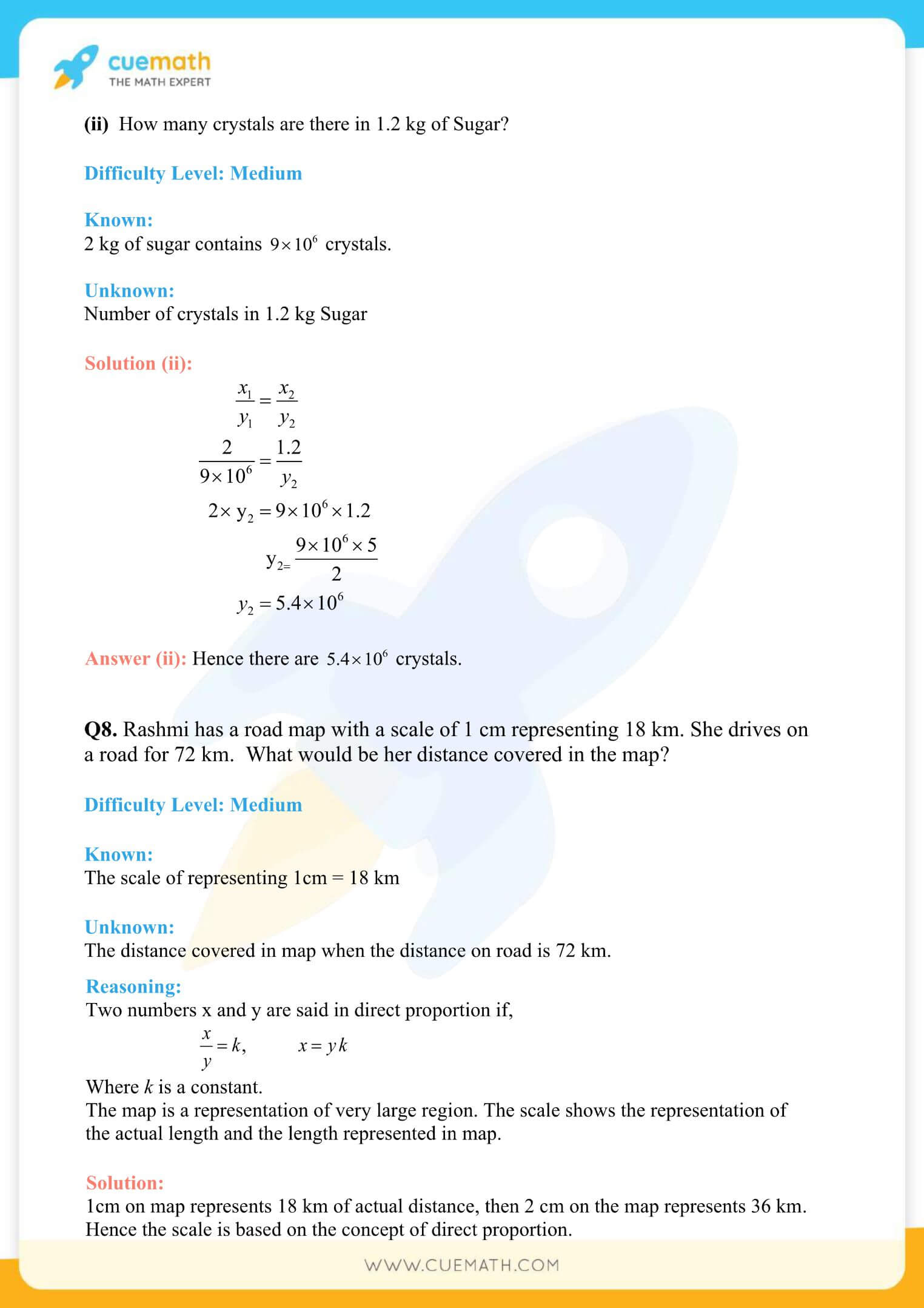
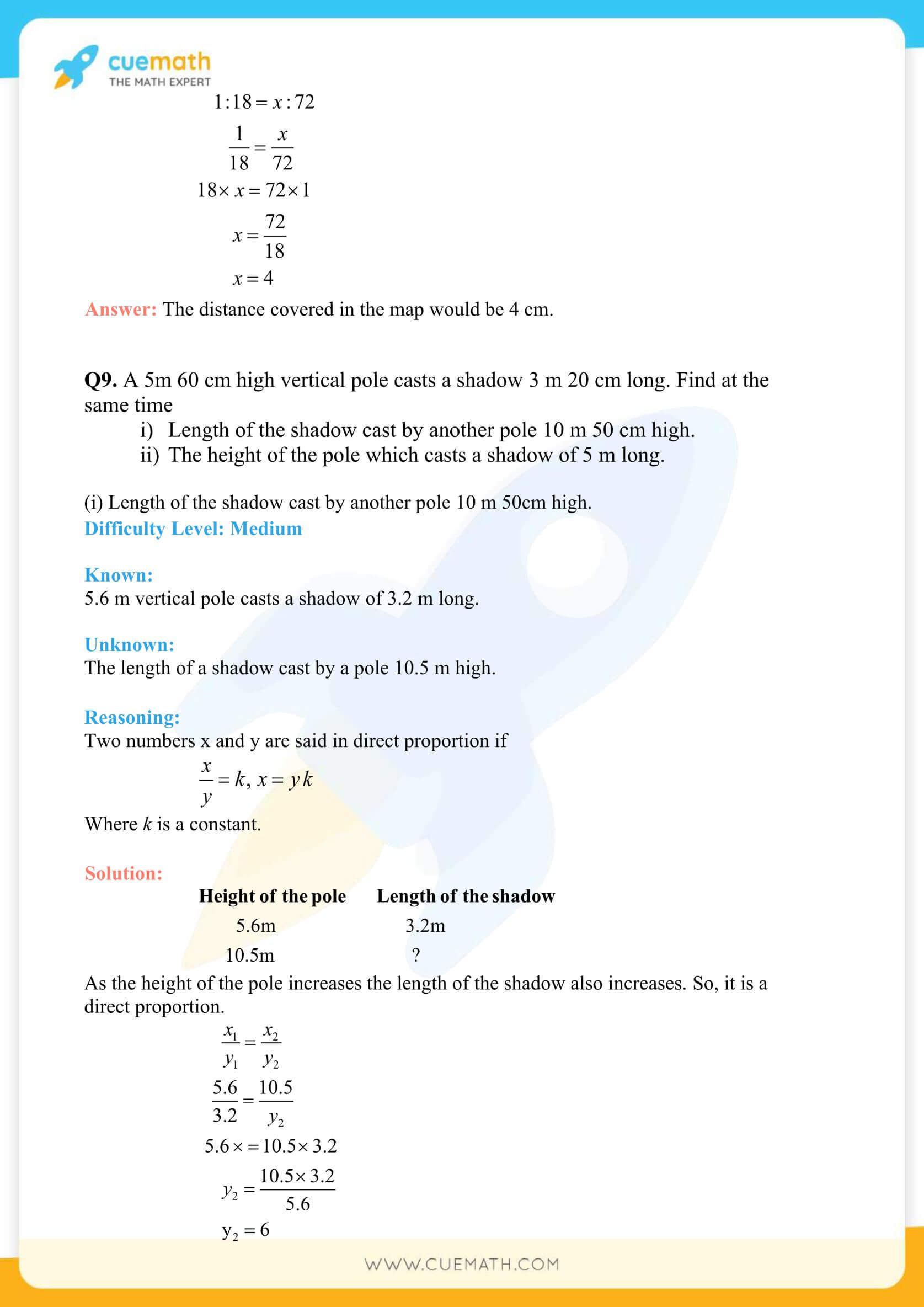
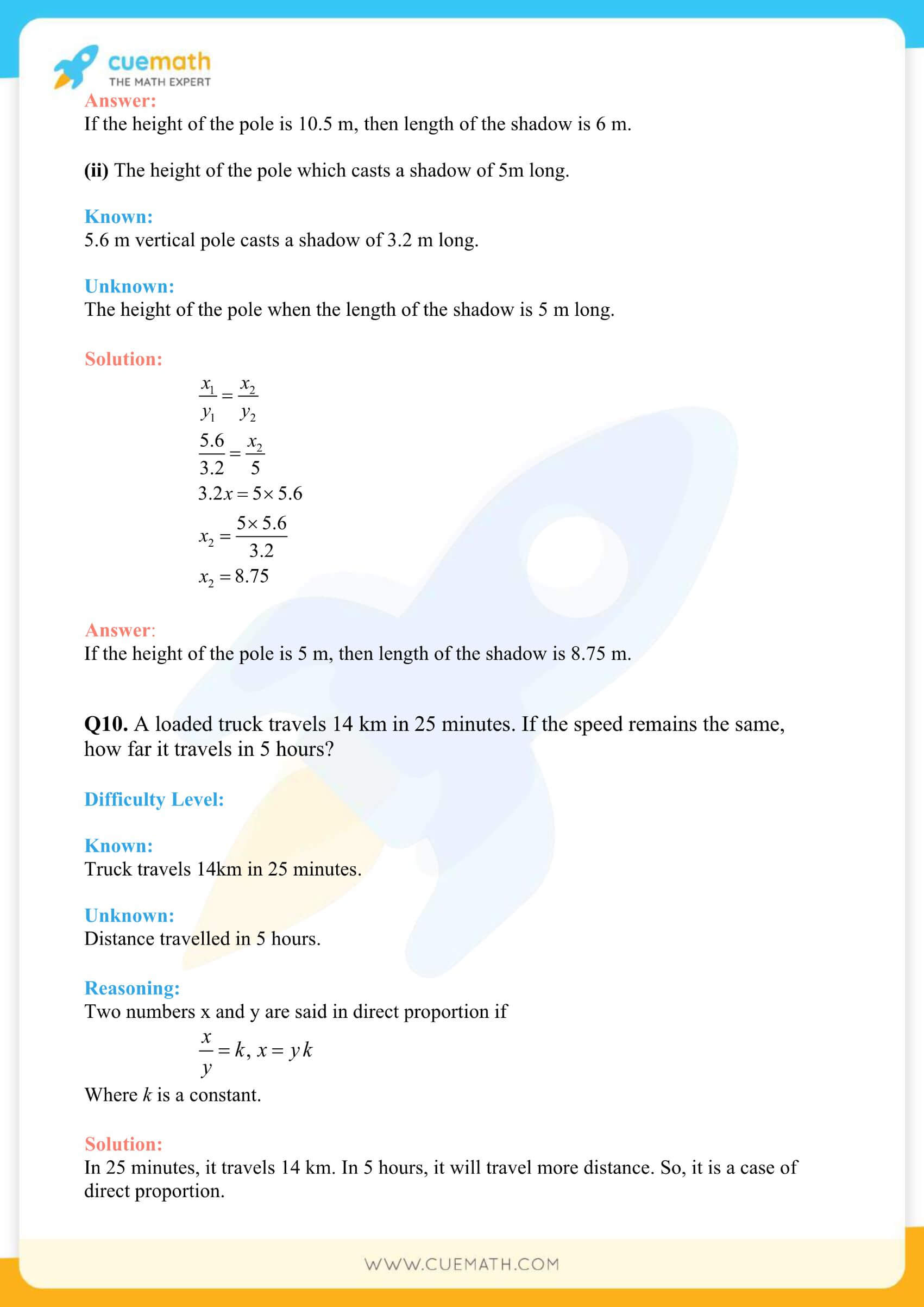
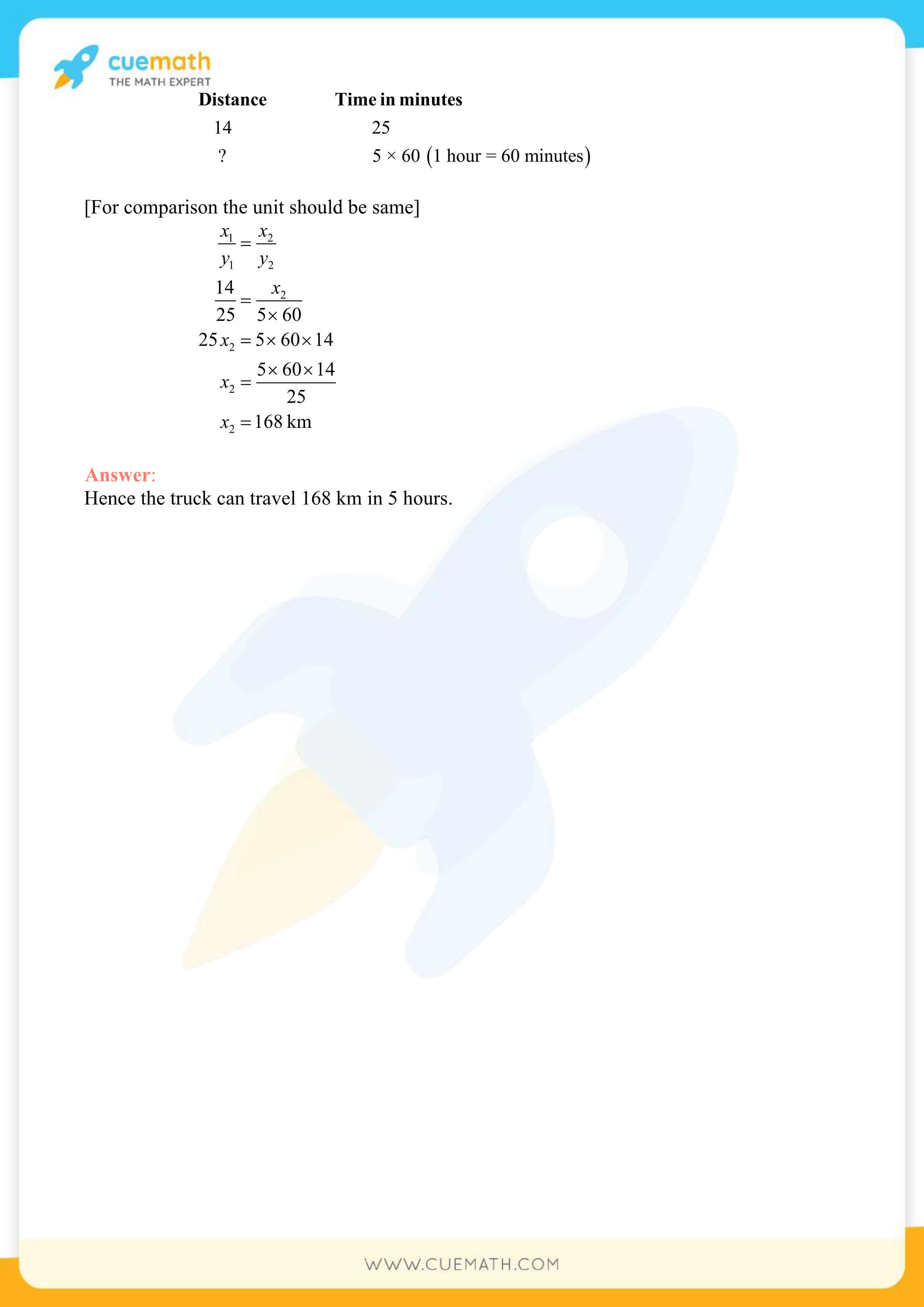

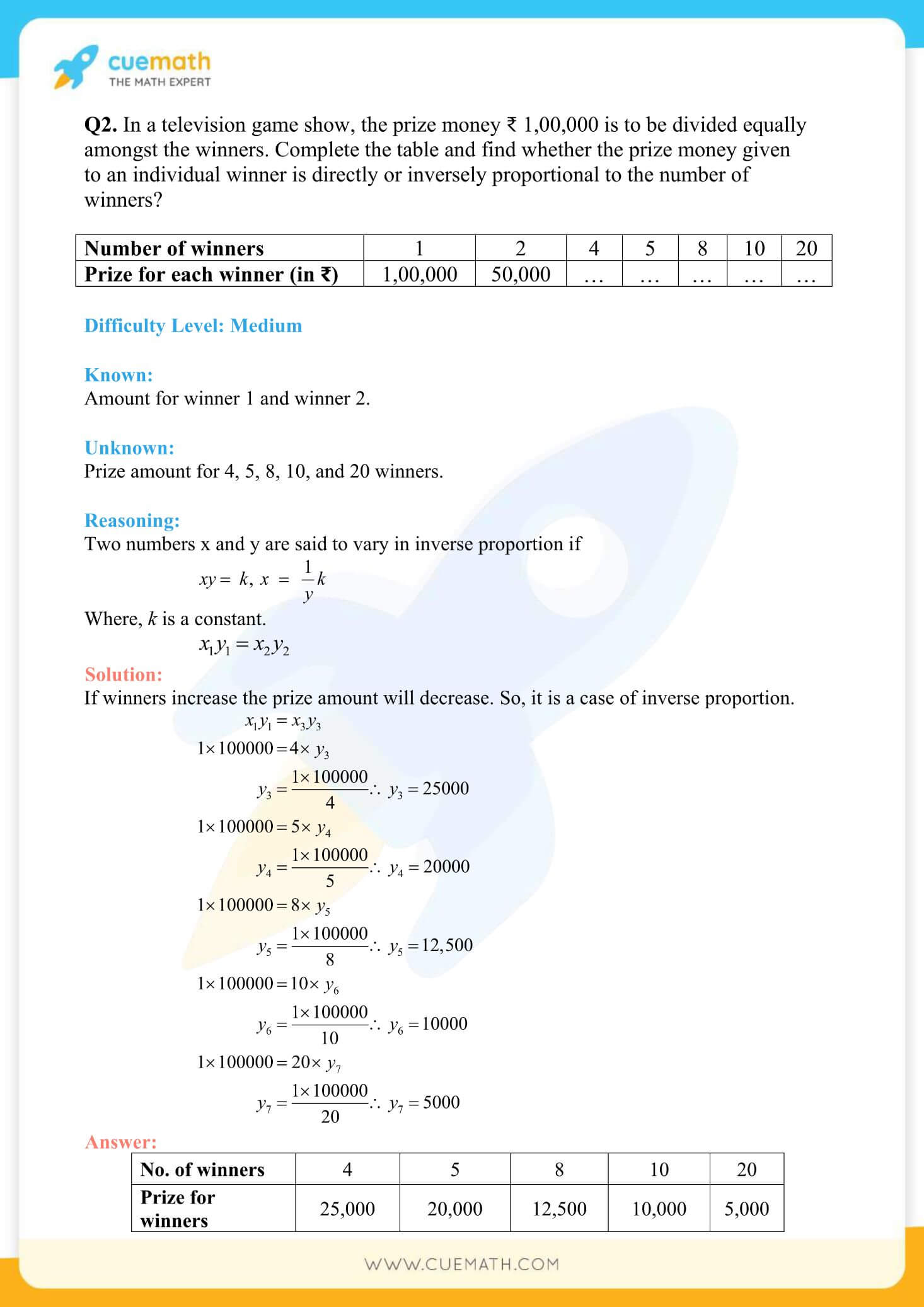
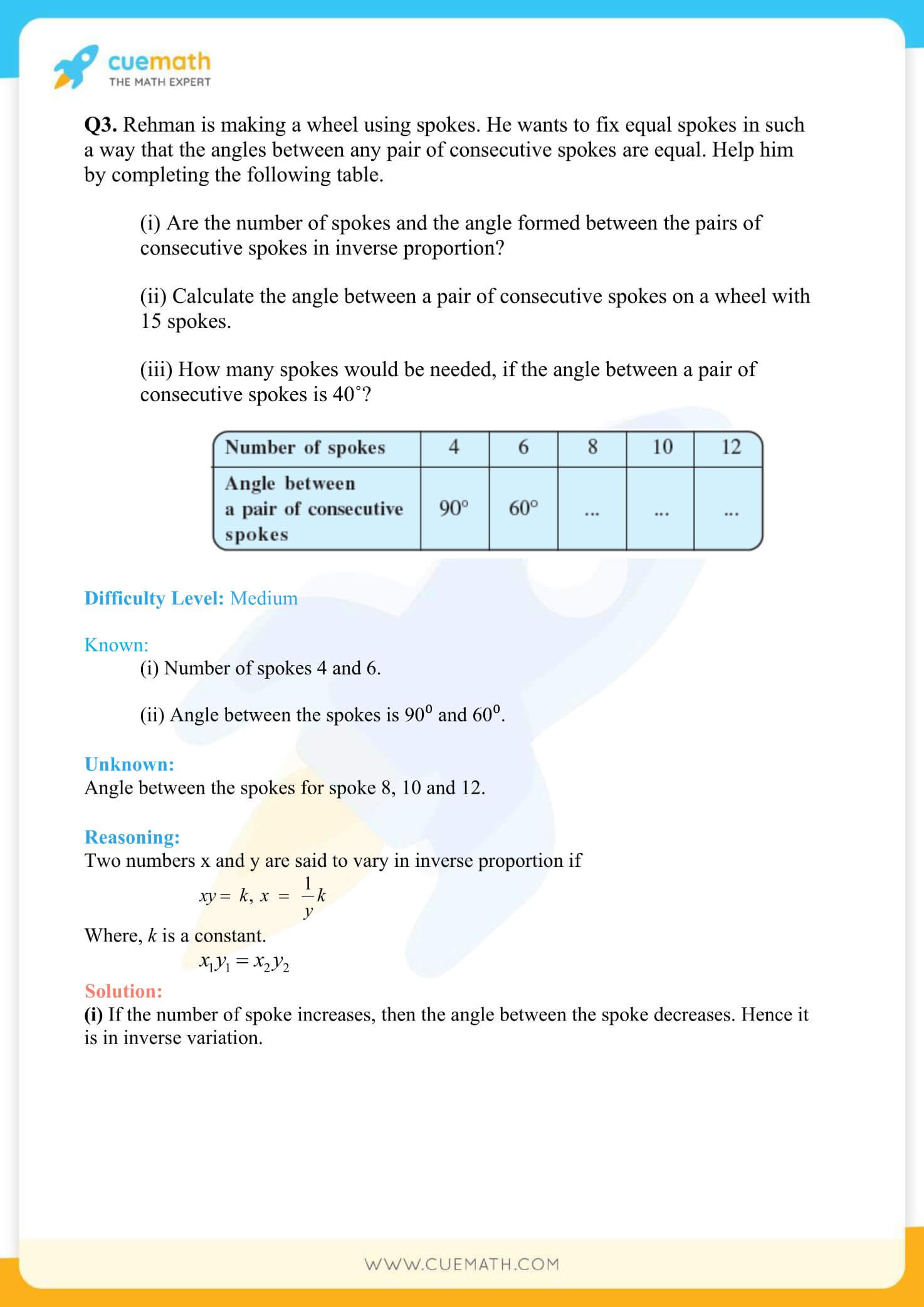
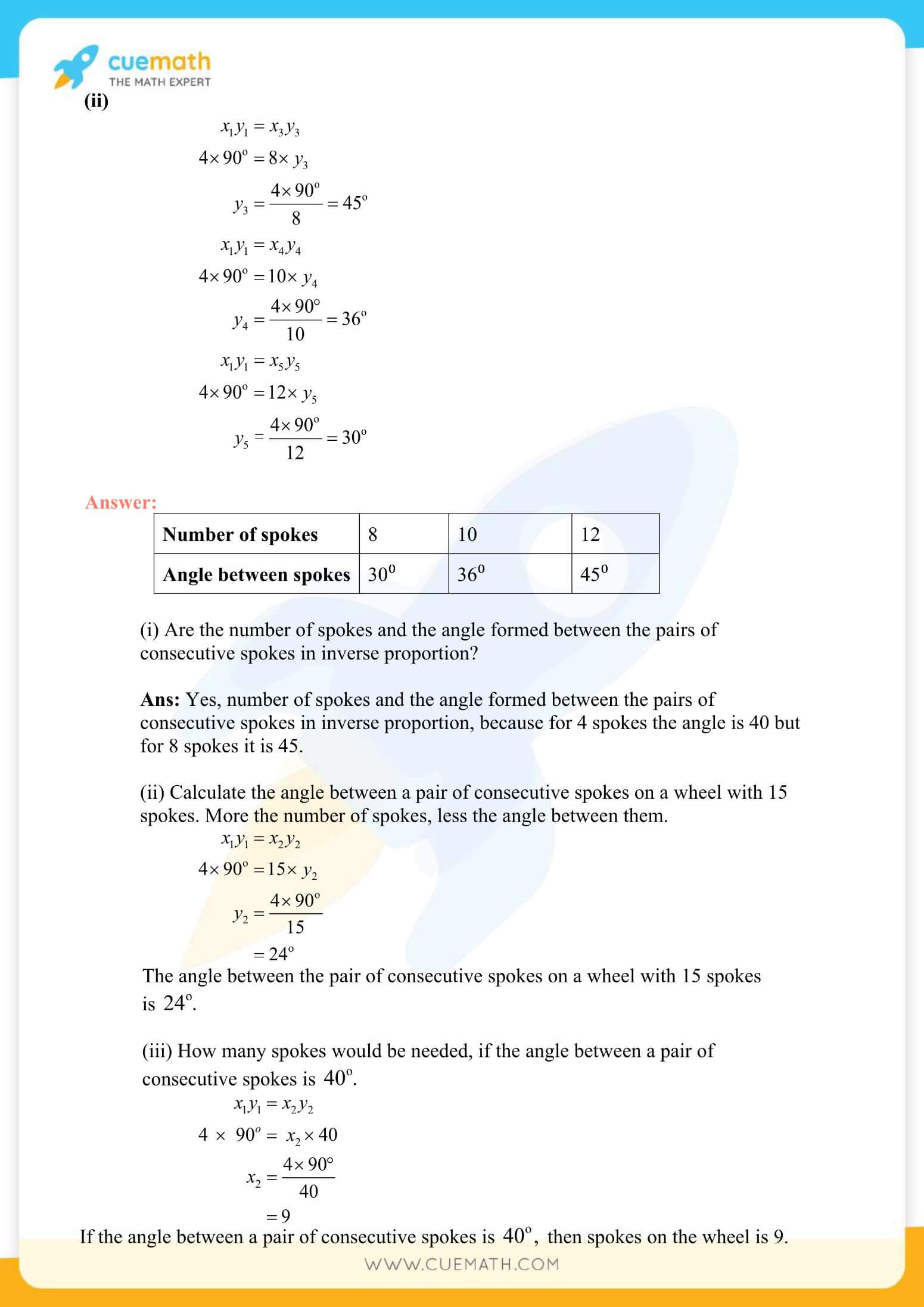
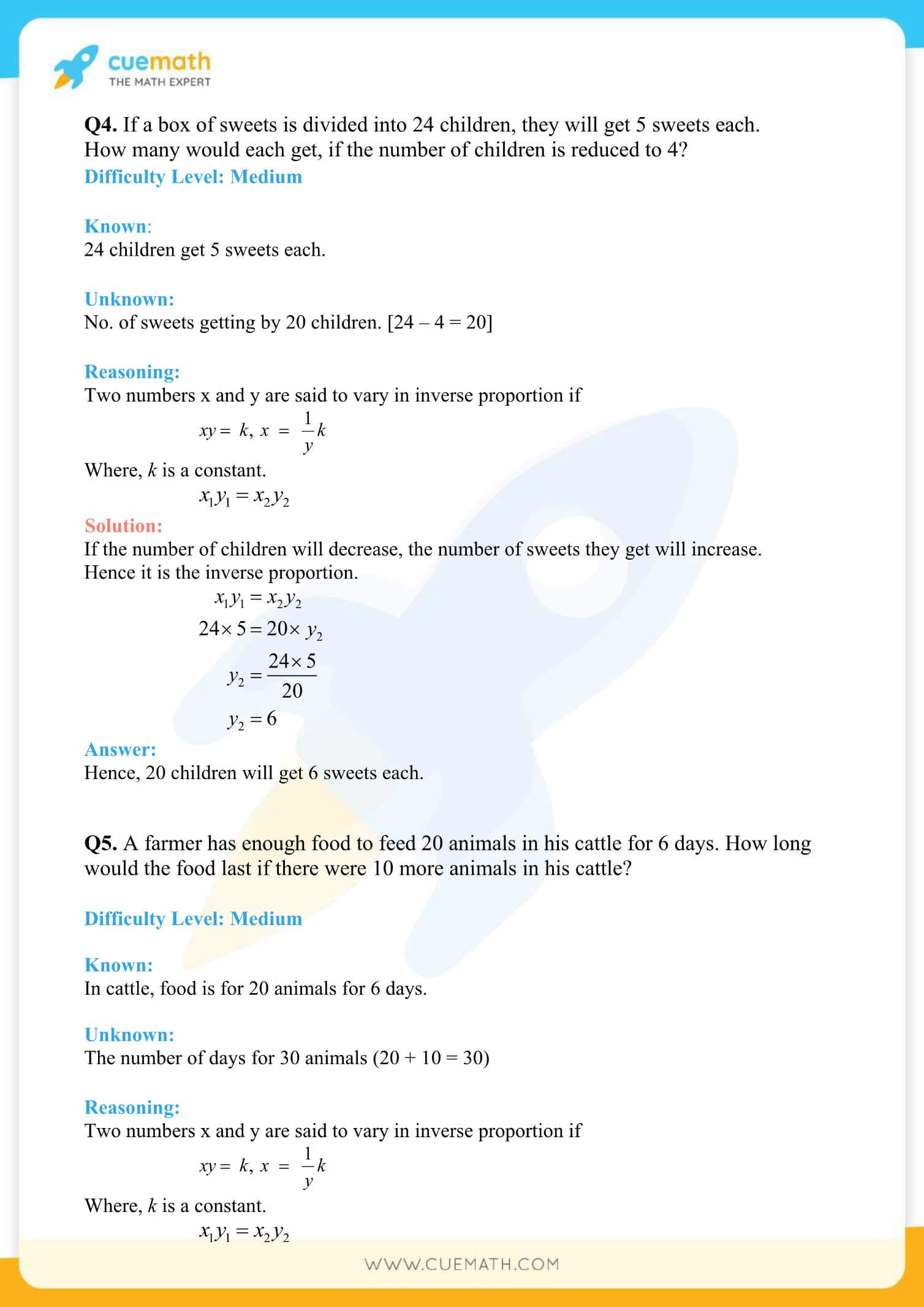
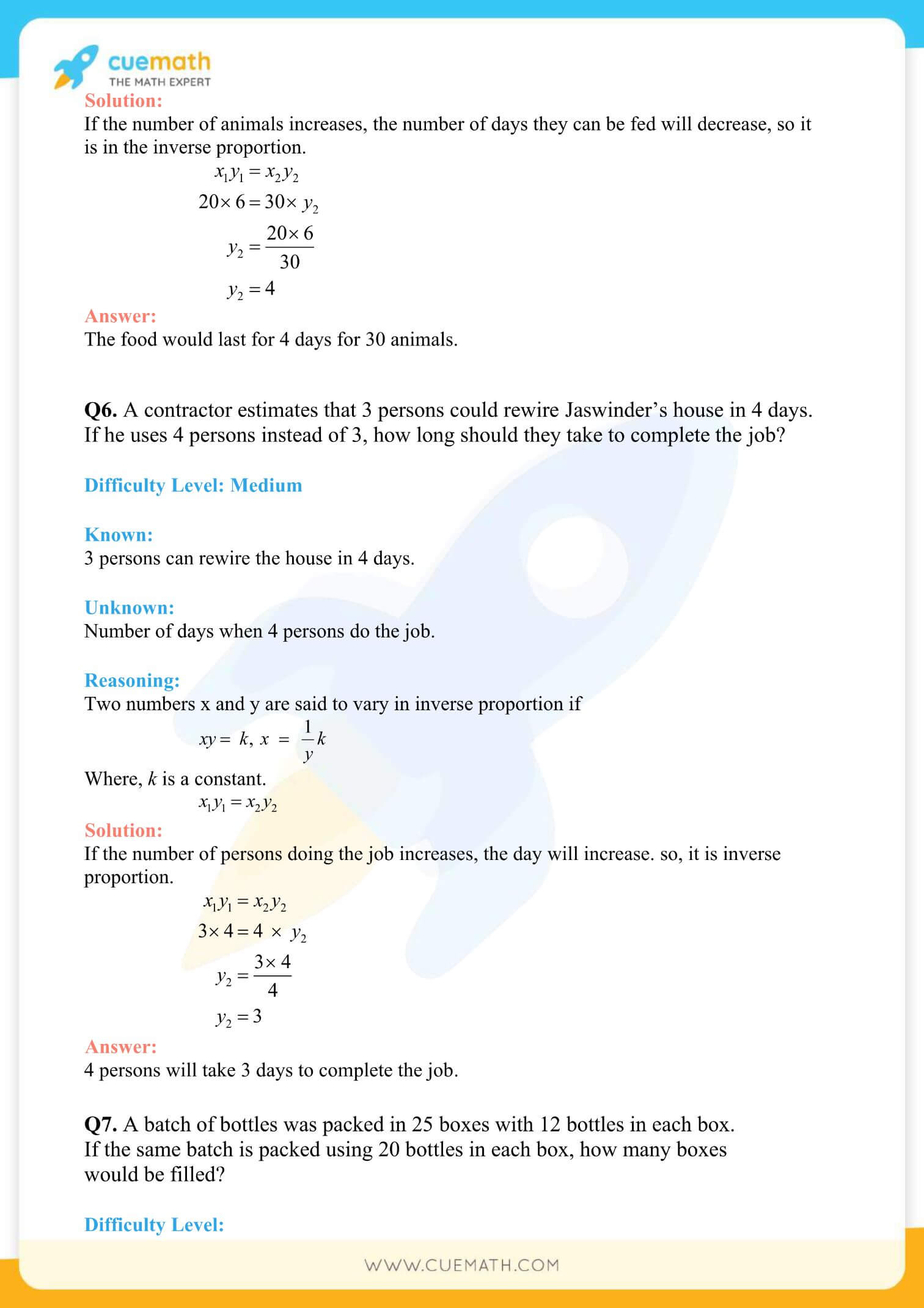
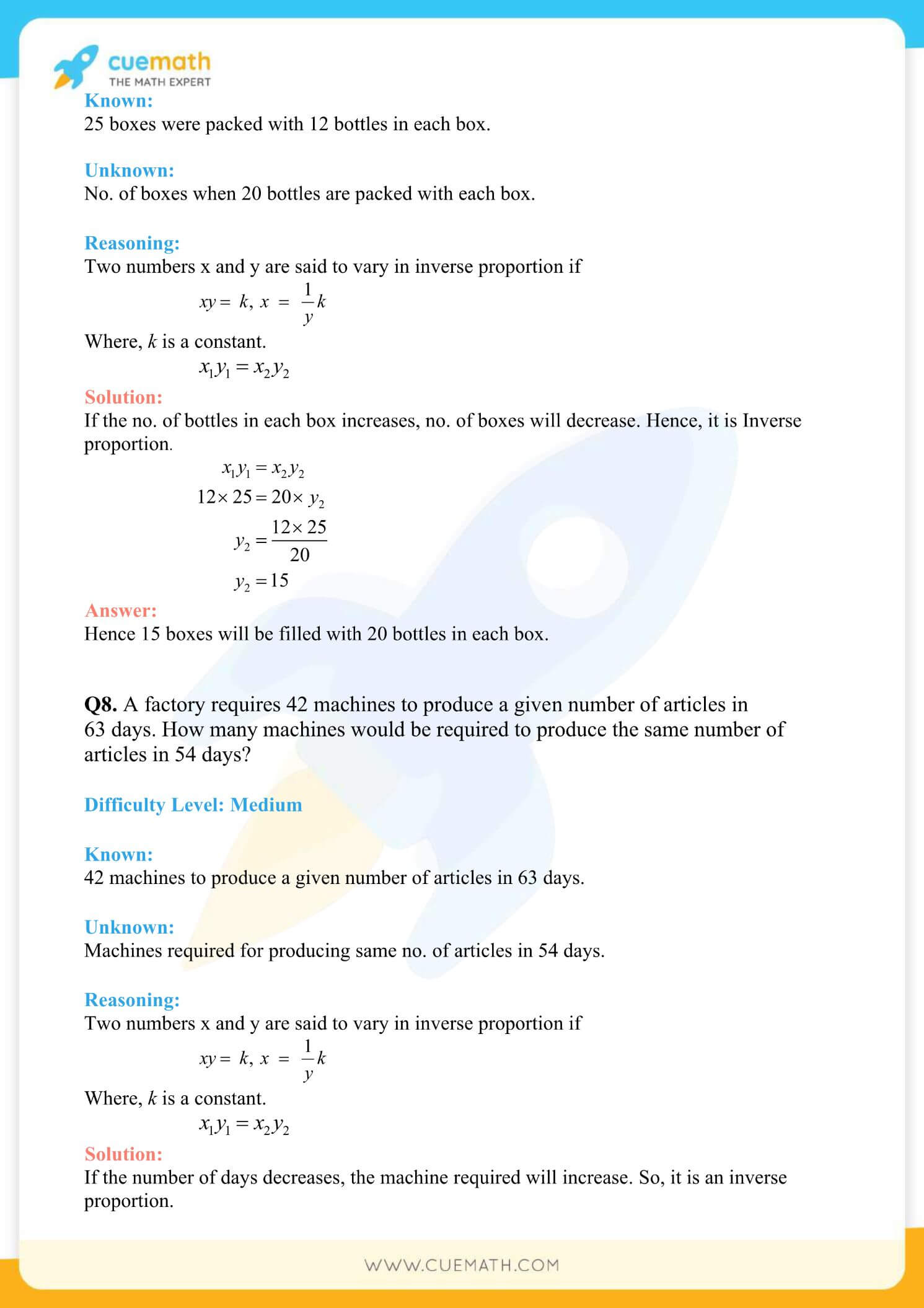
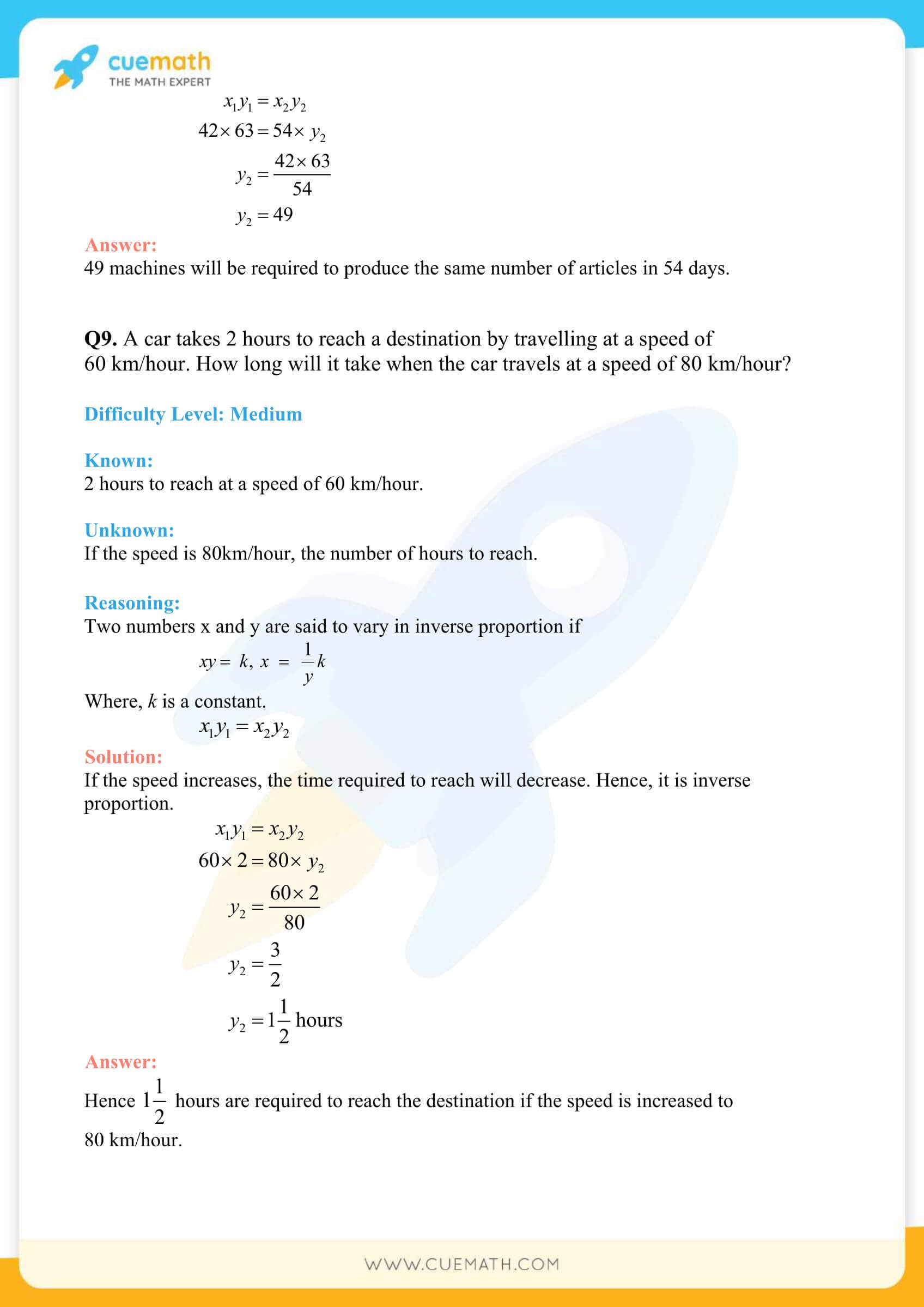
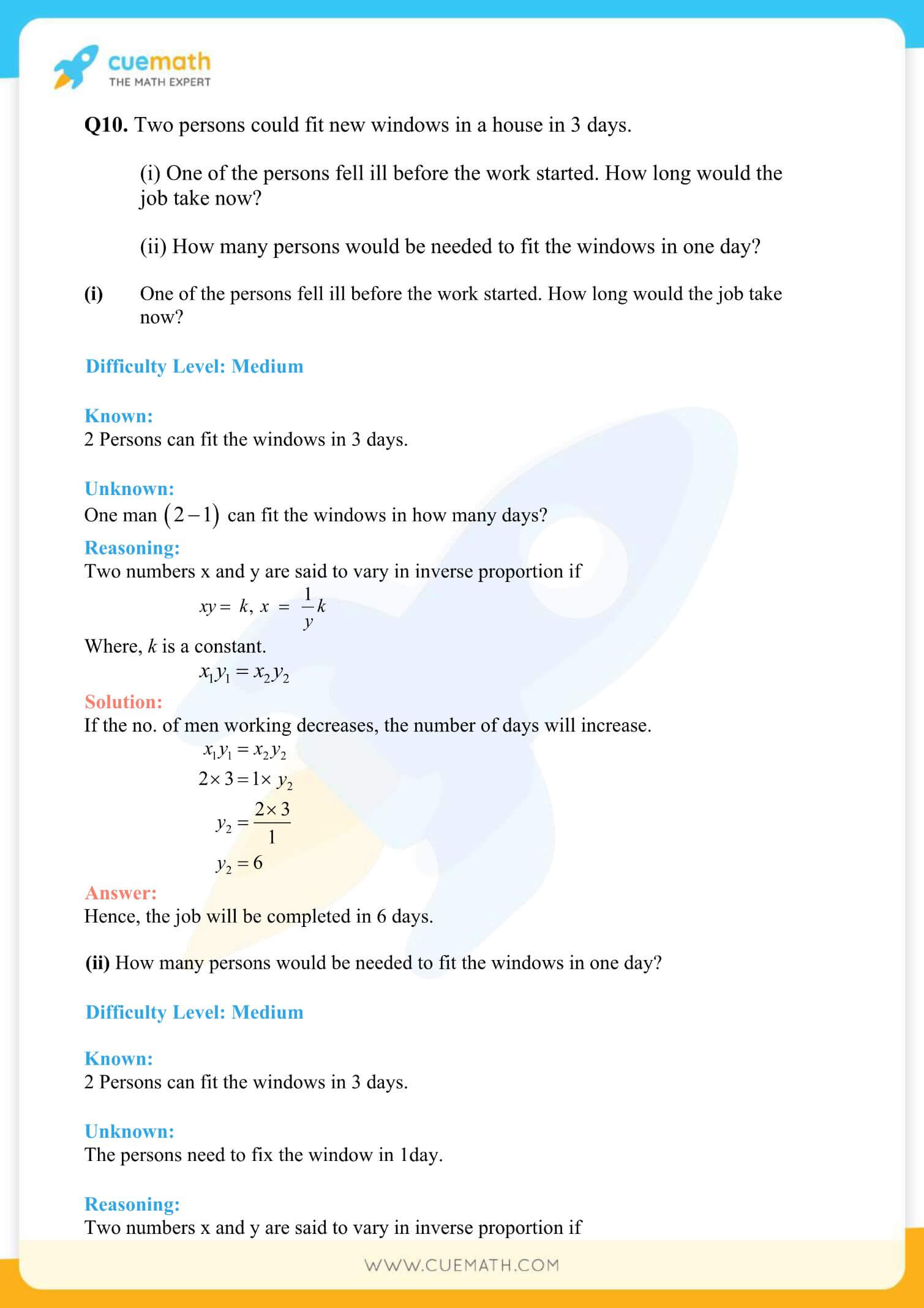
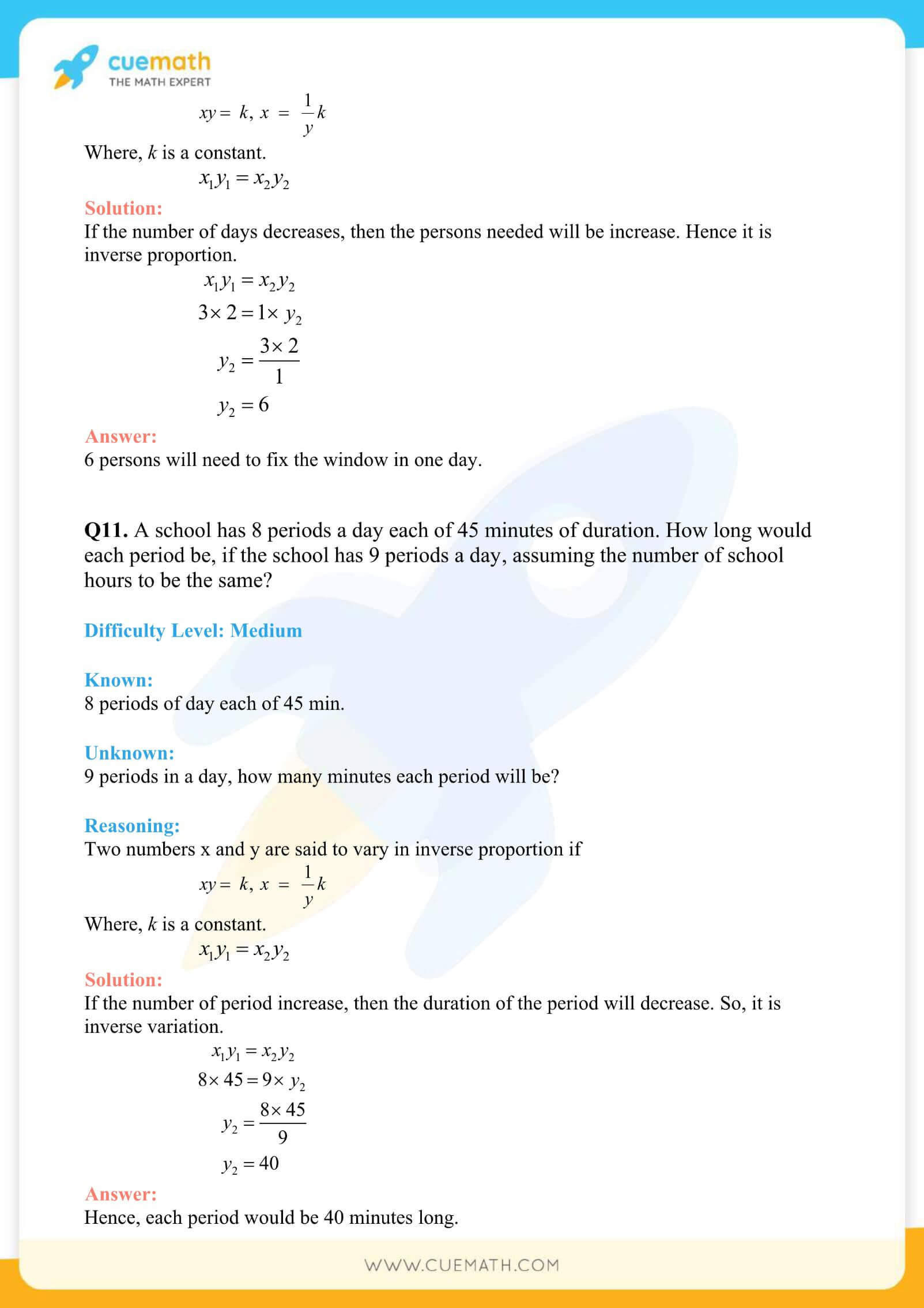
NCERT Solutions for Class 8 Maths Chapter 13 Direct and Inverse Proportions
NCERT Solutions Chapter 13 of Class 8 Maths is suitable for all students to gain a deep knowledge of all the concepts covered in this chapter. As the topic holds a good weightage of marks in the final exams, it must be learned thoroughly with constant practice. These solutions are structured in accordance with the NCERT syllabus and guidelines directed by CBSE making them a highly trustable source of learning. The comprehensive format of these solutions provides explicit knowledge of all concepts with step-by-step examples. To learn and practice with NCERT Solutions Class 8 Maths Direct and Inverse Proportions, try the exercises given below.
- Class 8 Maths Chapter 13 Ex 13.1 - 10 Questions
- Class 8 Maths Chapter 13 Ex 13.2 - 11 Questions
☛ Download Class 8 Maths Chapter 13 NCERT Book
Topics Covered: The main topics covered in Class 8 maths NCERT solutions Chapter 13 are the introduction to Direct and Inverse Proportions, related terms, Direct proportion, Indirect proportions. Some of the sample problems included in these solutions are based on calculating the proportions between two quantities and many more.
Total Questions: Class 8 Maths Chapter 13 Direct and Inverse Proportions has 21 questions out of which 10 are short answers type, and 11 are long answers type questions. These questions are based on calculating the value of quantities that are directly or inversely proportional, and students must have a clearer understanding of all these concepts for solving these questions.
List of Formulas in NCERT Solutions Class 8 Maths Chapter 13
Reinforcement of important formulas and concepts through regular practice is the most amazing way to score well in exams. NCERT solutions Class 8 maths Chapter 13 nicely covers all the necessary formulas and concepts explained with examples for students to understand each and every topic. Some important concepts covered in these solutions are given below:
- Direct Proportions: Two quantities are directly proportional to each other if the increase in one quantity results in the increase of the other.
- Direct proportion is usually represented as a ∝ b, where a and b are directly proportional quantities.
- Inverse Proportions: Two quantities are inversely proportional to each other if the increase in one quantity results in the decrease of the other.
- Inverse Proportions is represented by a ∝ 1/b, where a and b are inversely proportional quantities.
- The methods applied to find the direct proportions are:
- i) Tabular Method
- ii) Unitary Method
Important Questions for Class 8 Maths NCERT Solutions Chapter 13
| CBSE Important Questions for Class 8 Maths Chapter 13 Exercise 13.1 |
|---|
| CBSE Important Questions for Class 8 Maths Chapter 13 Exercise 13.2 |
|---|
NCERT Solutions for Class 8 Maths Video Chapter 13
| NCERT Class 8 Maths Videos for Chapter 13 | |
|---|---|
| Video Solutions for Class 8 Maths Exercise 13.1 | |
| Exercise 13.1 Question 1 | Exercise 13.1 Question 6 |
| Exercise 13.1 Question 2 | Exercise 13.1 Question 7 |
| Exercise 13.1 Question 3 | Exercise 13.1 Question 8 |
| Exercise 13.1 Question 4 | Exercise 13.1 Question 9 |
| Exercise 13.1 Question 5 | Exercise 13.1 Question 10 |
| Video Solutions for Class 8 Maths Exercise 13.2 | |
| Exercise 13.2 Question 1 | Exercise 13.2 Question 7 |
| Exercise 13.2 Question 2 | Exercise 13.2 Question 8 |
| Exercise 13.2 Question 3 | Exercise 13.2 Question 9 |
| Exercise 13.2 Question 4 | Exercise 13.2 Question 10 |
| Exercise 13.2 Question 5 | Exercise 13.2 Question 11 |
| Exercise 13.2 Question 6 | |
FAQs on NCERT Solutions Class 8 Maths Chapter 13
What is the Importance of NCERT Solutions for Class 8 Maths Chapter 13 Direct and Inverse Proportions?
NCERT Solutions for Class 8 Maths Chapter 13 Direct and Inverse Proportions are highly reliable resources formulated as per the latest CBSE syllabus to help students learn maths. With the regular practice of the questions and sample problems included in these solutions, students can attain conceptual fluency along with the right problem-solving approach required for math studies. The practical examples and sample questions readily available in these solutions make it quite simple for students to grasp complex concepts quickly.
What are the Important Topics Covered in Class 8 Maths NCERT Solutions Chapter 13?
NCERT Solutions Class 8 Maths Chapter 13 covers a brief introduction to the direct and inverse proportions, related terms, finding direct and indirect proportions using tabular and unitary methods.
Do I Need to Practice all Questions Provided in NCERT Solutions Class 8 Maths Direct and Inverse Proportions?
Class 8 Maths NCERT Solutions Chapter 13 includes all important terms, methods, notes, and examples to deliver a step-by-step understanding of all topics covered in this chapter. Practicing and learning with these solutions will benefit the students to prepare for the exams in an easy way.
How Many Questions are there in Class 8 Maths NCERT Solutions Chapter 13 Direct and Inverse Proportions?
Class 8 Maths NCERT Solutions Chapter 13 Direct and Inverse Proportions has 21 questions in 2 exercises that effectively cover all the methods, terms, and formulas related to the topic of direct and Inverse Proportions along with its applications. These problems are compiled and placed orderly to provide a clear and precise understanding of each step in the solution.
What are the Important Formulas in NCERT Solutions Class 8 Maths Chapter 13?
The important concepts and formulas covered in the NCERT Solutions Class 8 Maths Chapter 13 are based on calculating the direct and inverse quantities as well as their applications. These solutions are well-structured resources that include sample problems and exercises that are competent to impart a clear knowledge of all concepts. By practicing each and every topic with the help of these solutions, it becomes pretty simple to build the right approach to face maths exams.
Why Should I Practice NCERT Solutions Class 8 Maths Direct and Inverse Proportions Chapter 13?
NCERT Solutions Class 8 Maths Direct and Inverse Proportions chapter 13 are well-structured resources that offer complete guidance and practice to prepare for exams. The topics covered in the CBSE Class 8 maths Chapter 13 are based on NCERT textbooks to ensure positive results. The easily understandable format of these solutions is quite intuitive that promotes a positive mindset in students for academic success.
visual curriculum